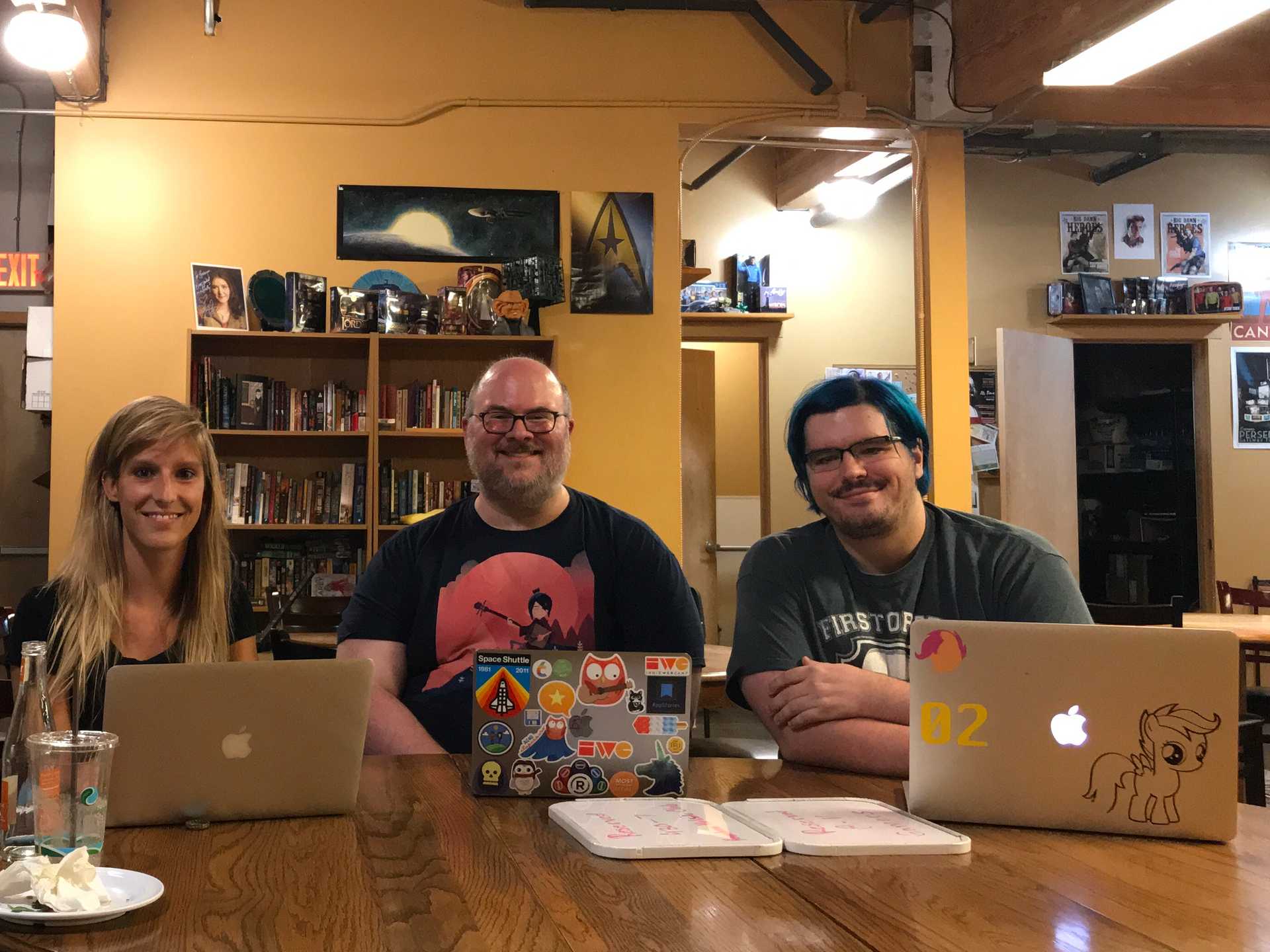As of now my personal website should support WebSub on all pages, posts, and the RSS feed (basically everything linked in the sitemap). If you have the capability to subscribe to pages via WebSub, you should be able to point it at any page on this site and get notified when that page updates. That’s maybe not the most useful on individual pages, but it is useful for the home page, or if you want to be able to subscribe to individual tags or projects.
This should work well with social readers that let you subscribe to websites, at least in concept. To go with that, I’ve updated the microformats across much of the site to make them accessible to those readers. Things appear alright in web-based validators but I’ve been having trouble getting those changes to appear in the readers themselves. Hopefully that will fix itself as caches expire. But it’s one step further down the road of being a good IndieWeb citizen.
Behind the scenes, WebSub support is handled by Webmaster, my custom-built server that integrates with my Gatsby build system. When GitLab finishes building, it sends a webhook to Webmaster that signals that the site has changed, causing Webmaster to fetch the sitemap and scan the ETag of each file in it for changes. If any of those ETags are different from what’s already known, then that page has changed. The WebSub subscribers for that URL are fetched and notified with the changes. No WebSub hub necessary, but down the road I could switch to one pretty easily.




